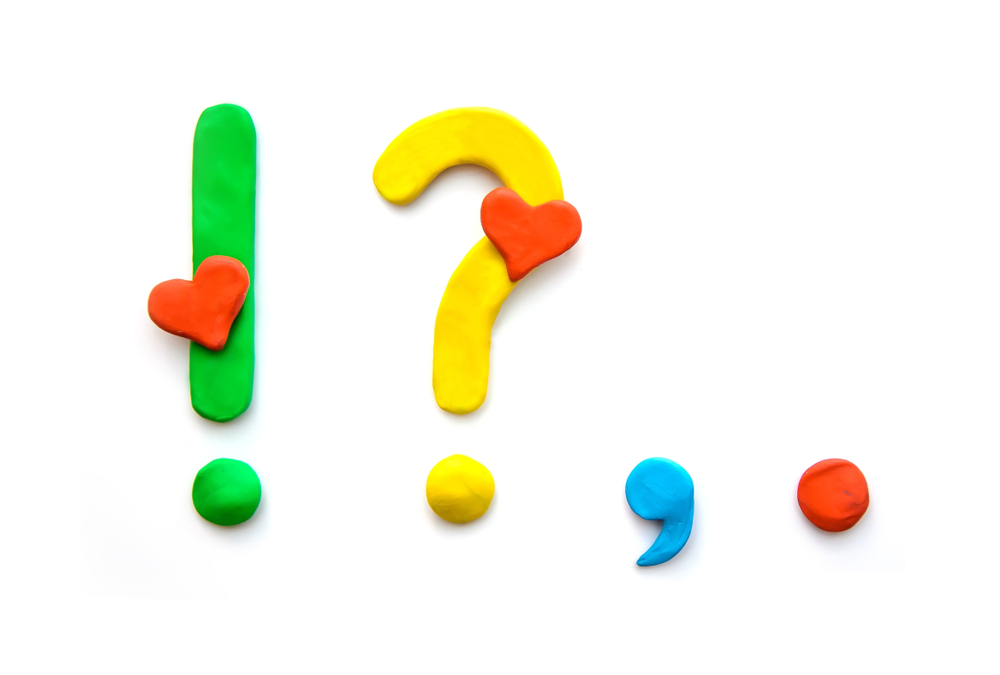Visual comprehension Worksheets for Kids
11 filtered results
-
From - To
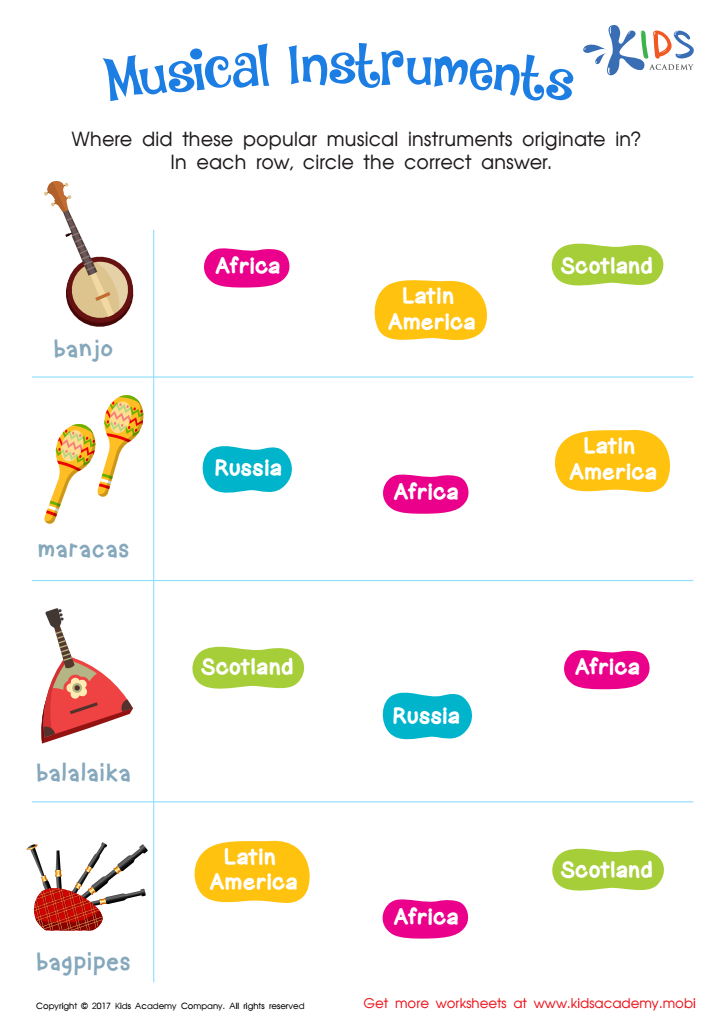

Musical Instruments Printable
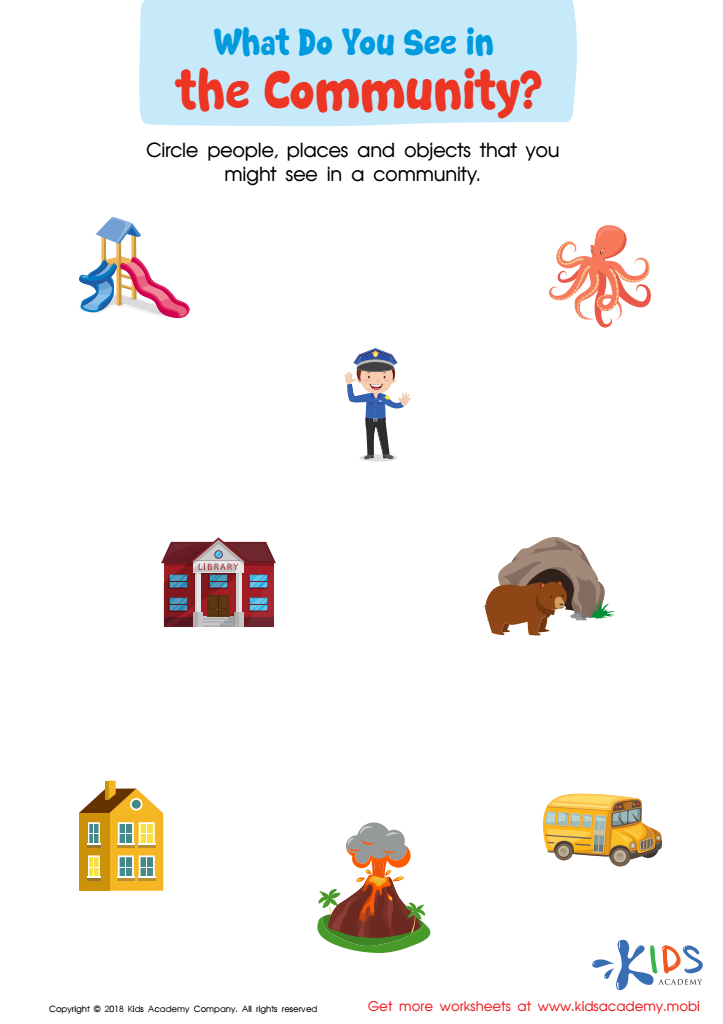

What Do You See in the Community Worksheet
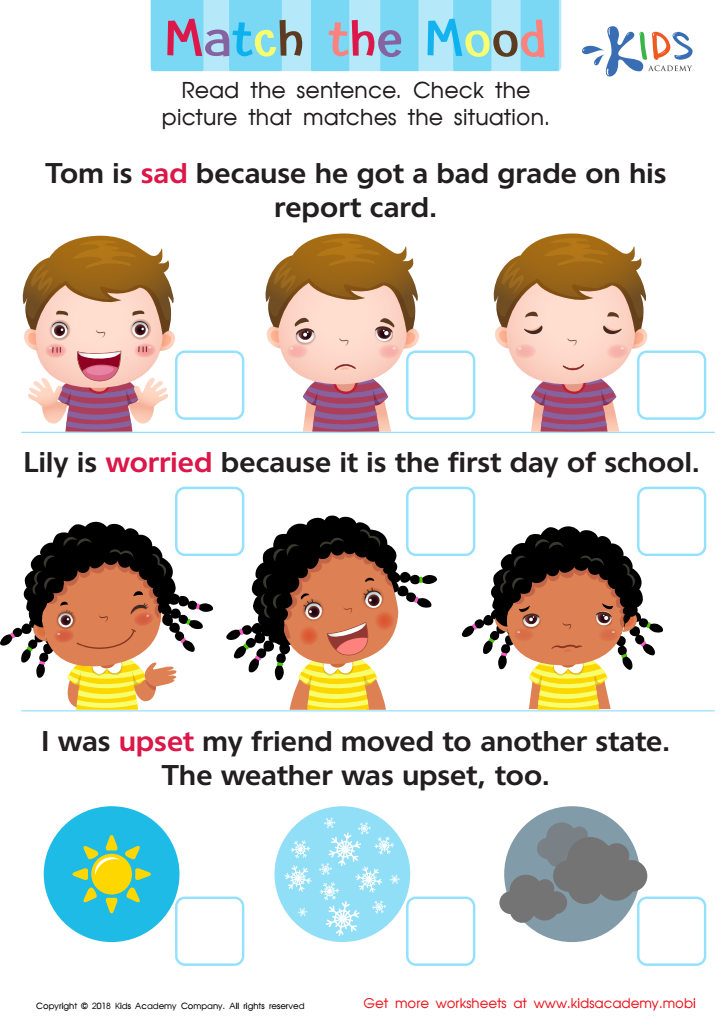

Match The Mood Worksheet
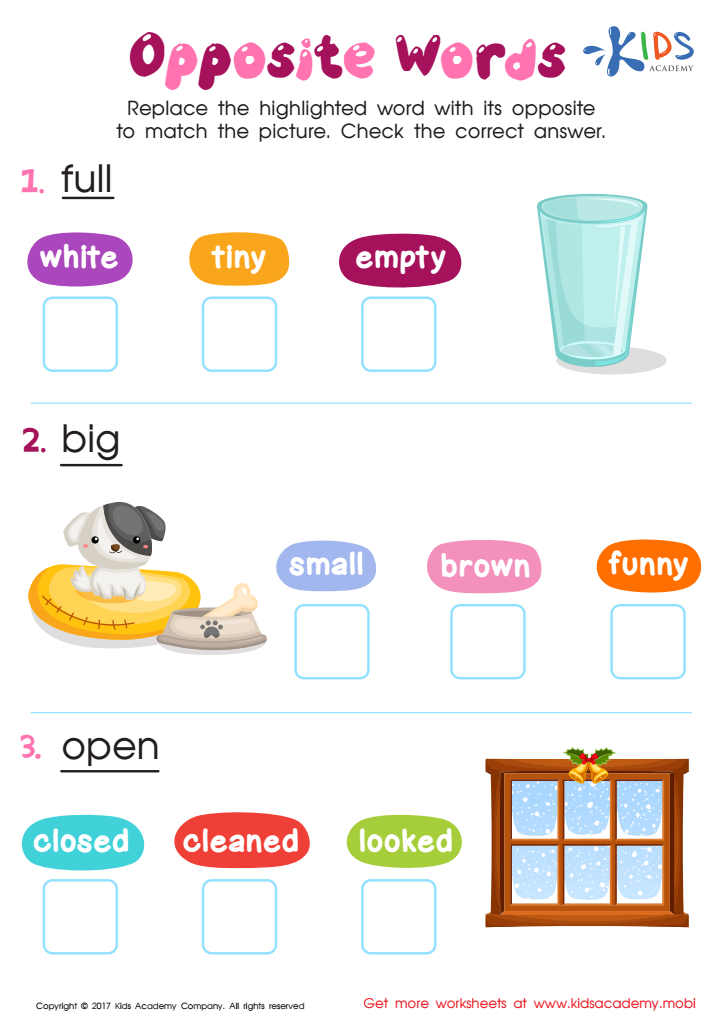

Opposite Words Worksheet
Question/Answer
How to test a Grade 3 student’s Visual comprehension skills?
To test a Grade 3 student's visual comprehension skills, present them with age-appropriate visual materials such as pictures, comics, or infographics, and ask questions that require them to explain or interpret the information shown. Include questions that assess their ability to make inferences, understand sequences, identify main ideas, and recognize details within the visuals.
What does the Visual comprehension skill mean when it comes to Grade 3 Reading Fiction learning?
The Visual Comprehension skill in Grade 3 Reading Fiction involves the ability to understand and interpret the visuals that accompany texts, such as pictures, illustrations, and charts. This skill helps students to connect visual information with the text, enhancing their comprehension of the story, characters, setting, and plot.
What are some effective activities to train students’ Visual comprehension skill when teaching them about Reading Fiction?
To train students’ visual comprehension skills in reading fiction, incorporate activities like story mapping, where students draw scenes or map out the story's progression. Use graphic organizers to analyze characters or plot. Implement picture prompts for creative storytelling. Introduce comic strip summaries for key events. Lastly, employ visual imagery exercises, encouraging students to visualize and draw descriptions from the text.

 Assign to the classroom
Assign to the classroom
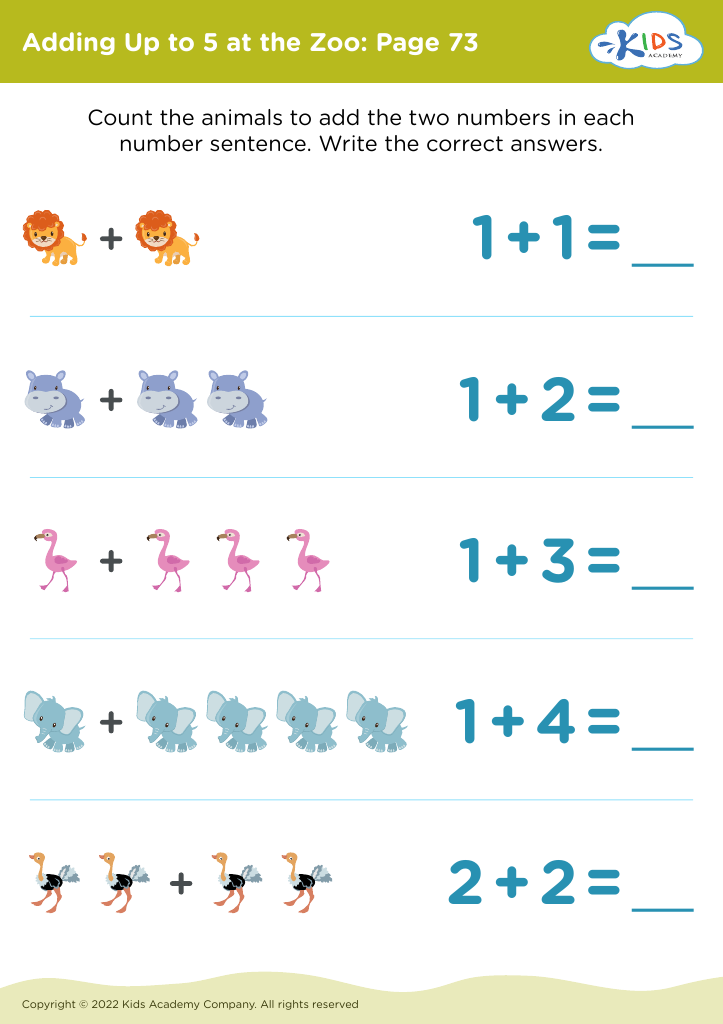
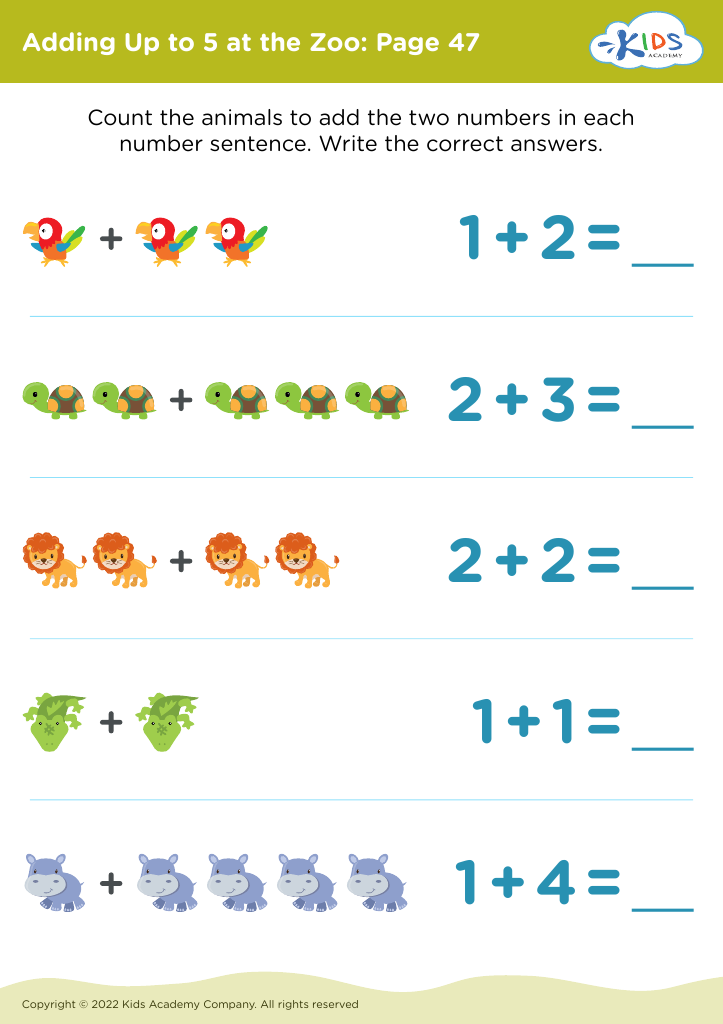

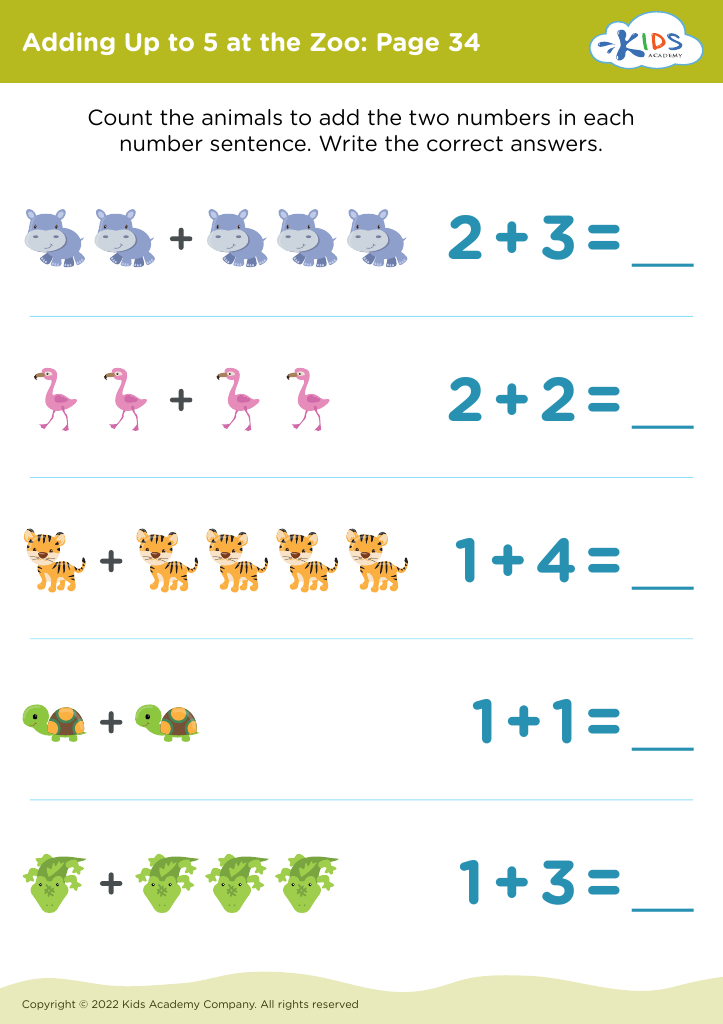
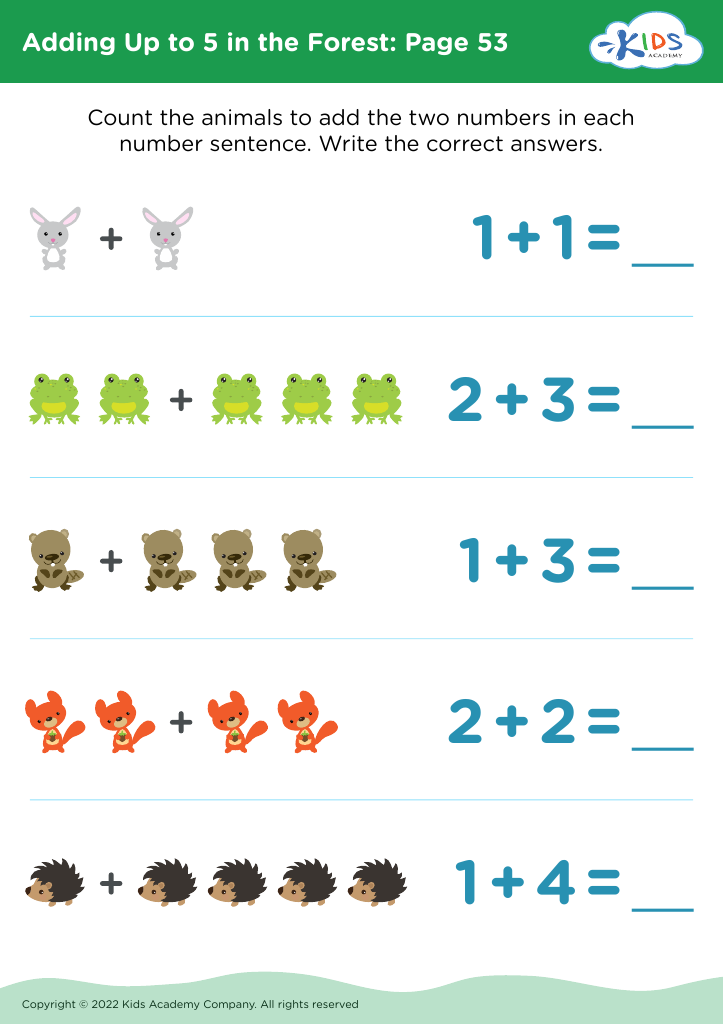
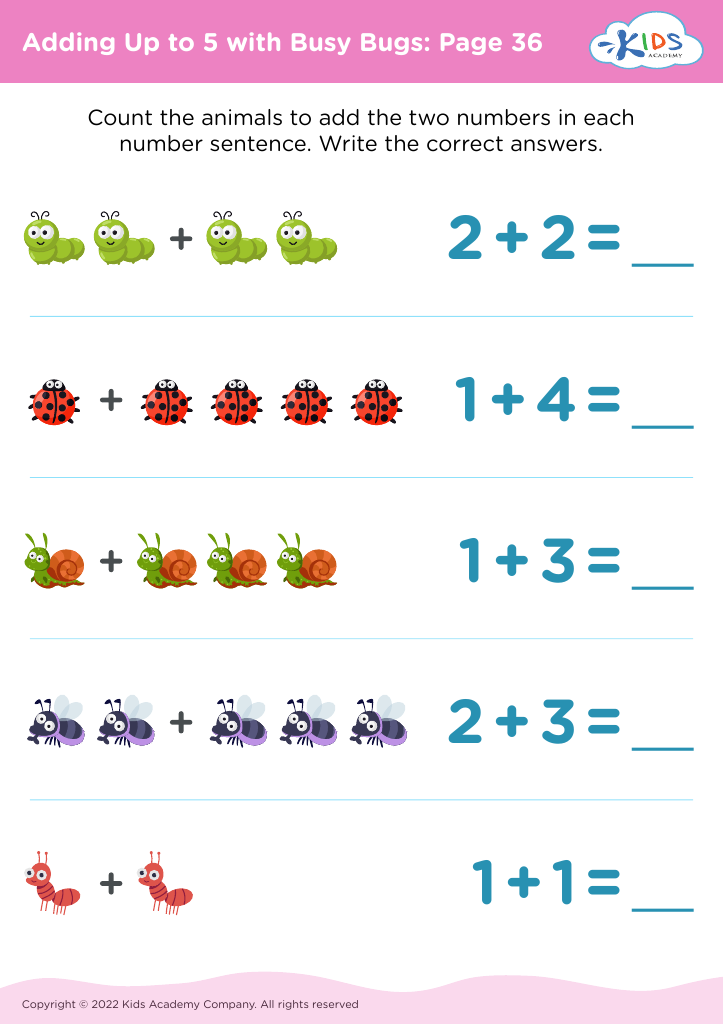
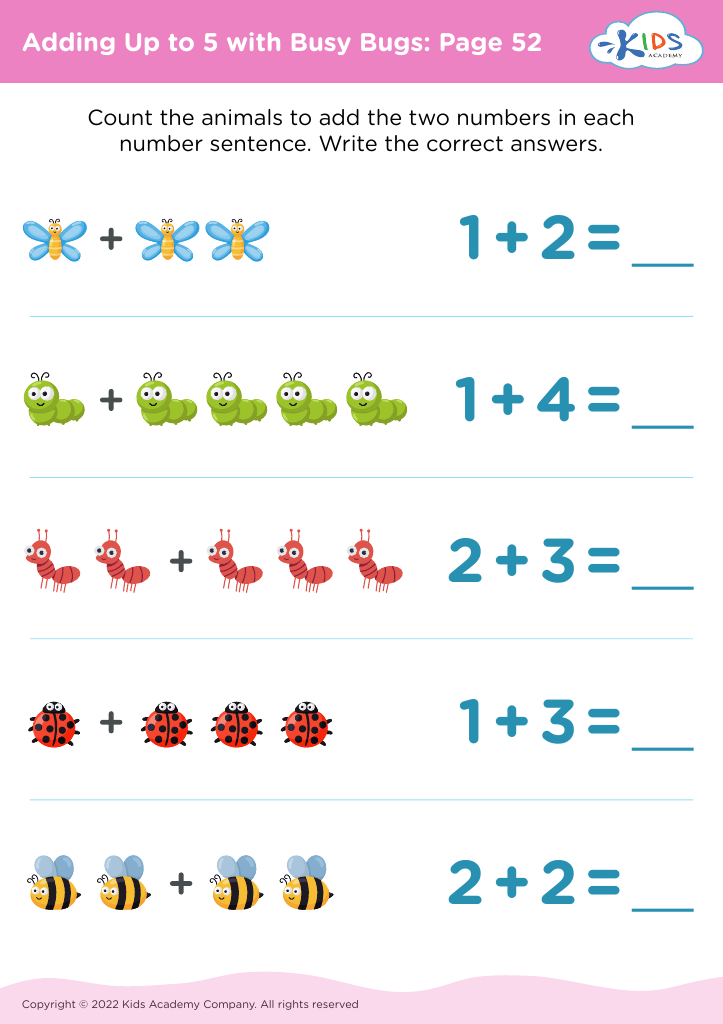

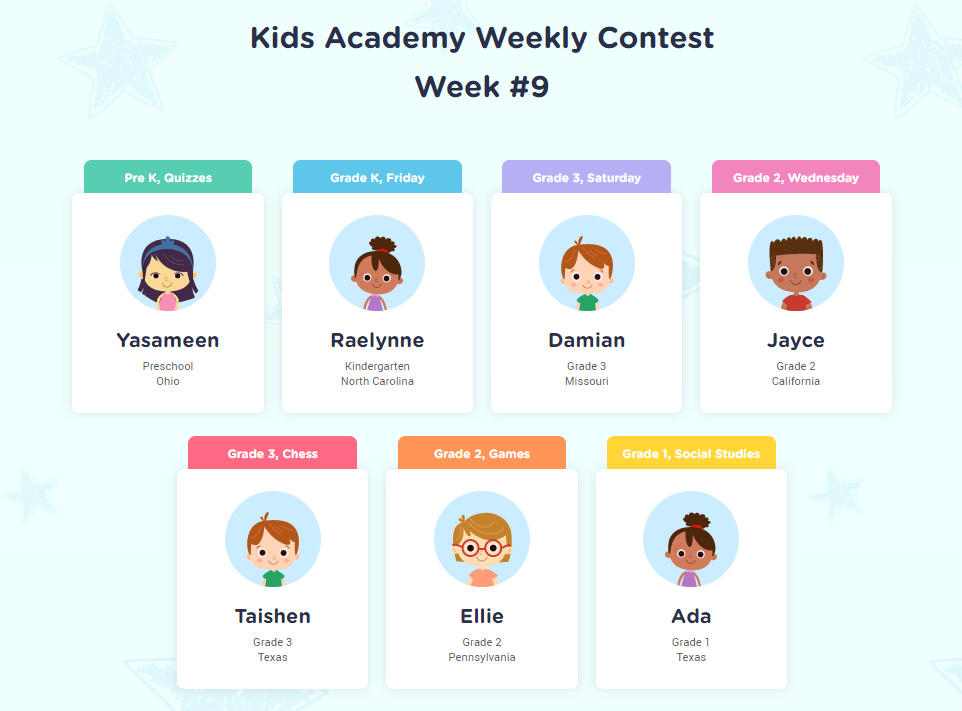
.jpg)


